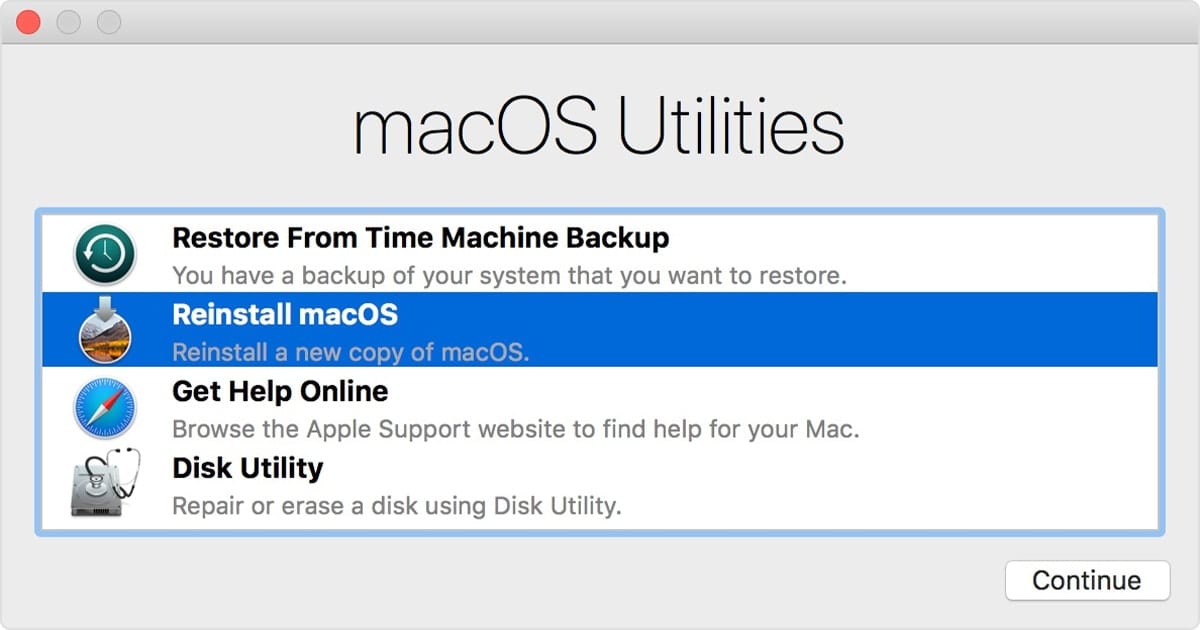
"Mac OS X 10.5 Help: Compressing files and folders."."Mac OS X 10.6 Help: Compressing files and folders.".
Your mac os x startup disk has no more mac os x#
To use this function, see the following AppleCare® Knowledge Base document corresponding to the version of Mac OS X you are using: These archives are generally far smaller than the original files they contain, provided the original is not already in a compressed format. Mac OS X 10.3 Panther® and later include a built-in function for creating compressed archives of files or folders. If you have not done so already, this is an excellent time to consider implementing a comprehensive backup and recovery solution. Archive old filesĪrchive move, copy and delete, or backup and remove files you do not use regularly to CD or another backup medium. E mptying the applications Trash may delete its contents immediately or move its contents to your personal Trash, which you can then empty as noted above. Some applications, such as iPhoto® and Mail, have their own Trash, spearate from the Trash seen in the Dock. In Finder, select Finder > Empty Trash or, under Mac OS X 10.3 or later, you can also select Finder > Secure Empty Trash.ĭo not use the Trash as a temporary storage area: only put an object in the Trash if you are sure it is no longer needed. Empty the TrashĪs obvious as it may sound, some folks regularly Trash files but neglect to periodically empty the Trash. You can employ any of the following tips to increase the free space available on your Mac OS X startup disk without altering your hardware. In the General pane, the Capacity, Available (free space), and space Used on your startup disk will be displayed, as seen in the following screen shot:


To check how much free space is available on your startup disk: Determining available space on your startup disk Additional tips are provided for saving more space if you have a second internal hard drive or an available partition.

Your mac os x startup disk has no more install#
While you could replace your current hard drive with a larger model, or install a second internal hard drive if your Mac will support such, the following tips will help you to free some space without changing your hardware. This extract from a chapter of our book Troubleshooting Mac® OS X describes several ways to free-up space on your Mac OS X startup disk, also known as your Mac OS X boot volume. Freeing space on your Mac OS X startup disk


 0 kommentar(er)
0 kommentar(er)
